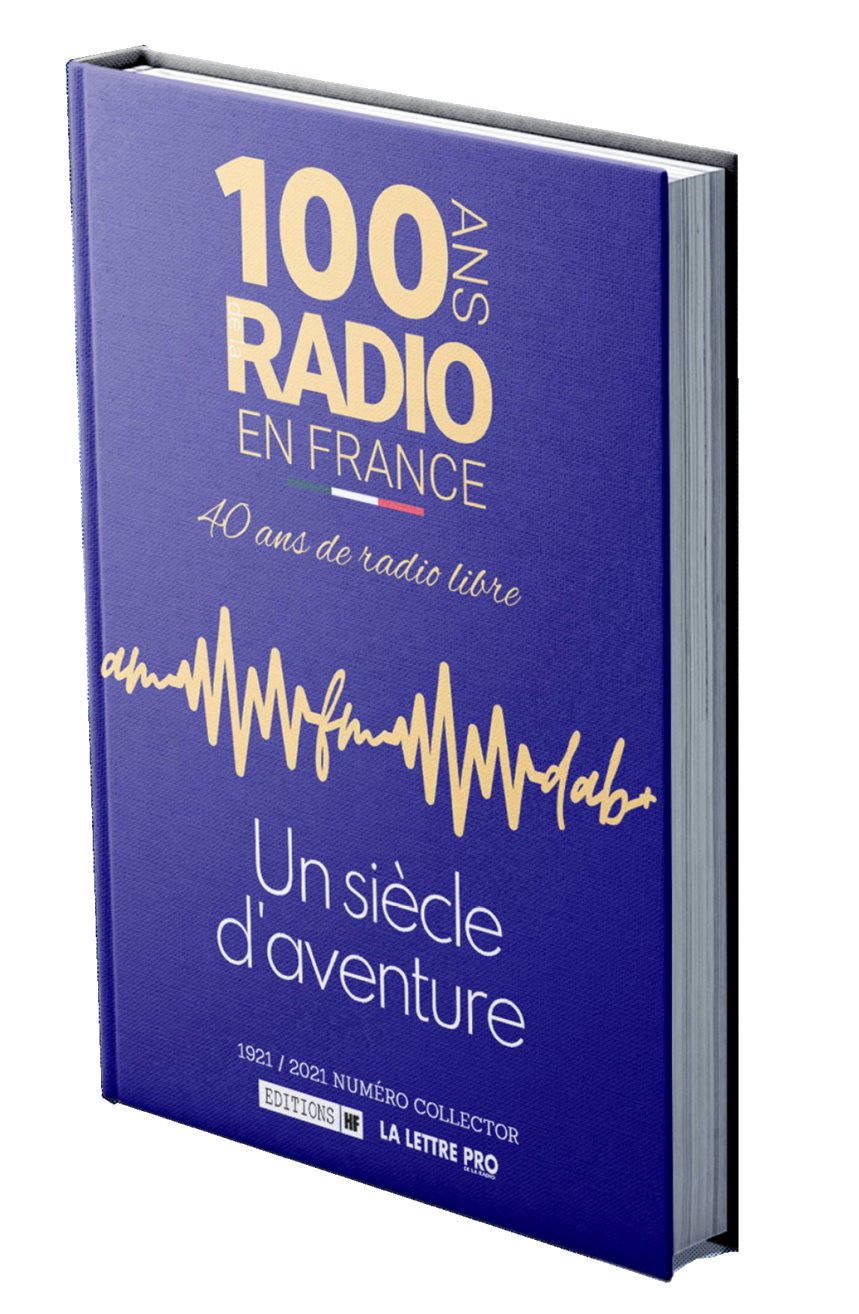
How can an imaging producer, use sounds and voice to create a connection with the listener?
Connecting with the listener at every opportunity is one of utmost importance.
Every single choice a producer makes has a cumulative effect and impacts the brand. Therefore whether it’s the choice of voiceover or the FX [effects] package you are using, or a simple music bed, they must all be in sync with what we know the target listener will connect with.
Sometimes, not enough thought is put into the basics, and spending time really understanding what the listener will respond to favourably is time well spent.
A lot of attention and advice is given to on-air talent [hosts and presenters ] but what are some golden nuggets that you have to give to producers when it comes to using and creating sounds to enhance the content?
I always encourage all producers to try and approach each task as a creative challenge. How can we communicate what we need to in a way that will get attention and also reinforce something about the station or brand?
It’s too easy to go down a tried and tested route when producing for example, a music image promo. So how do we tell the story in a new and engaging way?
Following the road most travelled isn’t always the best option. Also, I’m not a fan of ‘fashion over function’.
Making something sound great without it actually delivering the message is of no use at all. Often simplicity is the ultimate sophistication.
How do Brand Managers and Imaging Producers balance each other out to best create, execute and maintain the overall objective?
Ultimately the brand manager is usually part of the senior team who are developing the strategy of the business and station.
The imaging producers, at every level, then need to find a way of sonically interpreting that strategy and making audio that will appeal to the target and enhance the brand position.
The Head of Imaging needs to fully understand the brand objectives and have detailed discussions with any brand manager about what the ‘brand sound’ will be. It’s their job to convert that vision into sound.
Good imaging producers can do that with ease and a display a creative flair in doing so.
Are there ' essential tools' and programs needed to create compelling/engaging audio or is imagination as important when sound designing?
Every great imaging producer that I have worked with has a good balance of technical abilities and creative skills. You don’t need to have the best technical knowledge and know every plug-in available to be a great producer.
All the best FX [effects] packages or compression settings in the world aren’t going to make a poor idea good.
Similarly, you need enough skill to technically know how to make a creative idea come
to life.
For example, if I say I want to set a morning show promo on the moon, they need to know how to achieve that sound instantaneously. There are some producers who are technical specialists and their role is not necessarily to have ideas, but to execute other people’s ideas.
There’s a place for them too. And they really do know all the best plug-ins!
Is there a formulaic approach when it comes to creating imaging or is every case different ?
I always approach any piece of work by asking what we want to achieve with it.
What’s the message? What do we want listeners to take away from this piece of audio? That can then help you with structure. Different objectives require different approaches,so there really isn’t a ‘one size fits all’ approach.
I wish there was a magic formula! Often, formulas leads to a lack of creative ambition - and that’s not good for any radio station.
Creativity should always be at the core of what we try and do with imaging and production.
Advise to stations on creating memorable 'sonic moments '
Do something that will create attention. Many pieces of audio wash over the listener, but what will make them lean forward and turn the radio up?
Tell stories. Write great copy. Use silence. Think big.
Speak the league do the listener, not of a radio producer. All these kinds of techniques can help turn an average piece of audio into something more significant and create a memorable sonic moment.
As a producer, you tolerate the discomfort of not having it quite right yet. Too often producers rush their work to get it finished. Allow time for great ideas to grow. Creativity is not a race to the finish line.
Nik started his radio career at Radio City in Liverpool, alongside legendary record producer, Pete Waterman.
His roles in radio have ranged from producer,presenter, music director at Virgin Radio, Executive Producer at Kiss 100 and Programme Director at 95.8 Capital FM.
Contact him here :www.nikgoodman.com
Connecting with the listener at every opportunity is one of utmost importance.
Every single choice a producer makes has a cumulative effect and impacts the brand. Therefore whether it’s the choice of voiceover or the FX [effects] package you are using, or a simple music bed, they must all be in sync with what we know the target listener will connect with.
Sometimes, not enough thought is put into the basics, and spending time really understanding what the listener will respond to favourably is time well spent.
A lot of attention and advice is given to on-air talent [hosts and presenters ] but what are some golden nuggets that you have to give to producers when it comes to using and creating sounds to enhance the content?
I always encourage all producers to try and approach each task as a creative challenge. How can we communicate what we need to in a way that will get attention and also reinforce something about the station or brand?
It’s too easy to go down a tried and tested route when producing for example, a music image promo. So how do we tell the story in a new and engaging way?
Following the road most travelled isn’t always the best option. Also, I’m not a fan of ‘fashion over function’.
Making something sound great without it actually delivering the message is of no use at all. Often simplicity is the ultimate sophistication.
How do Brand Managers and Imaging Producers balance each other out to best create, execute and maintain the overall objective?
Ultimately the brand manager is usually part of the senior team who are developing the strategy of the business and station.
The imaging producers, at every level, then need to find a way of sonically interpreting that strategy and making audio that will appeal to the target and enhance the brand position.
The Head of Imaging needs to fully understand the brand objectives and have detailed discussions with any brand manager about what the ‘brand sound’ will be. It’s their job to convert that vision into sound.
Good imaging producers can do that with ease and a display a creative flair in doing so.
Are there ' essential tools' and programs needed to create compelling/engaging audio or is imagination as important when sound designing?
Every great imaging producer that I have worked with has a good balance of technical abilities and creative skills. You don’t need to have the best technical knowledge and know every plug-in available to be a great producer.
All the best FX [effects] packages or compression settings in the world aren’t going to make a poor idea good.
Similarly, you need enough skill to technically know how to make a creative idea come
to life.
For example, if I say I want to set a morning show promo on the moon, they need to know how to achieve that sound instantaneously. There are some producers who are technical specialists and their role is not necessarily to have ideas, but to execute other people’s ideas.
There’s a place for them too. And they really do know all the best plug-ins!
Is there a formulaic approach when it comes to creating imaging or is every case different ?
I always approach any piece of work by asking what we want to achieve with it.
What’s the message? What do we want listeners to take away from this piece of audio? That can then help you with structure. Different objectives require different approaches,so there really isn’t a ‘one size fits all’ approach.
I wish there was a magic formula! Often, formulas leads to a lack of creative ambition - and that’s not good for any radio station.
Creativity should always be at the core of what we try and do with imaging and production.
Advise to stations on creating memorable 'sonic moments '
Do something that will create attention. Many pieces of audio wash over the listener, but what will make them lean forward and turn the radio up?
Tell stories. Write great copy. Use silence. Think big.
Speak the league do the listener, not of a radio producer. All these kinds of techniques can help turn an average piece of audio into something more significant and create a memorable sonic moment.
As a producer, you tolerate the discomfort of not having it quite right yet. Too often producers rush their work to get it finished. Allow time for great ideas to grow. Creativity is not a race to the finish line.
Nik started his radio career at Radio City in Liverpool, alongside legendary record producer, Pete Waterman.
His roles in radio have ranged from producer,presenter, music director at Virgin Radio, Executive Producer at Kiss 100 and Programme Director at 95.8 Capital FM.
Contact him here :www.nikgoodman.com
 Le Site
Le Site





























